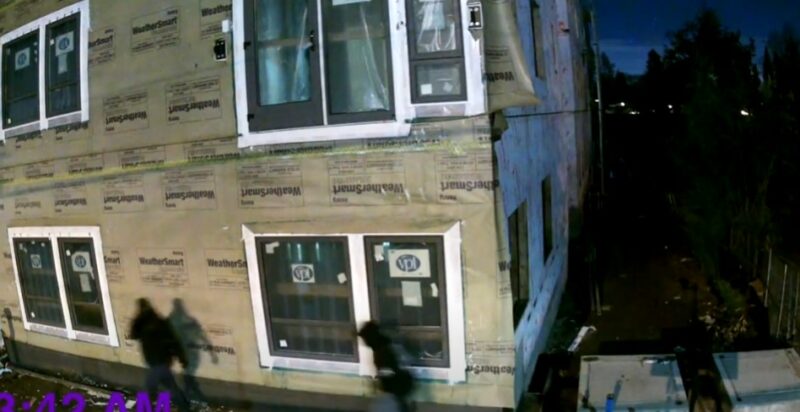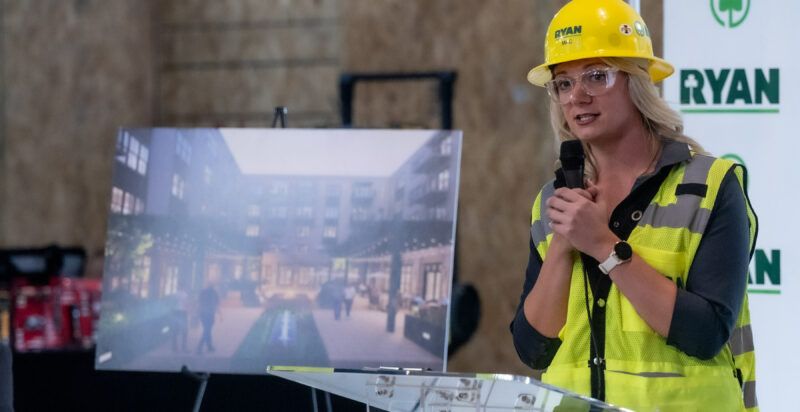There are many reasons why you should improve the documentation of your next construction project, the most obvious is to save money. If you consider the 2018 report by FMI revealing that poor data and information cost the U.S. construction industry over $31.3 billion, every version of drawings and plans on each project can result in rework requests and cost overruns.
Any construction administrator worth his or her salt knows that construction projects are complex and require thousands of important documents and files, each revised numerous times by numerous people over the course of a project’s life. If you run a large construction business, this is compounded by the number of active projects you manage at any given time. So how can you make short work of construction documentation?
Review Your System: Assess & Evaluate
Before you apply any changes to your documentation process, it is important to look at your current systems and adjust and changes to ensure your record keeping is up to snuff and if you need to switch to a new method altogether. Here is a quick checklist of what you should consider before you decide:
- What are the most common problems encountered in your documentation process?
- What improvements can be made to your digital recording and filing system?
- Is the current system easy to use and customizable?
- Is your documentation software scalable?
- Is your documentation platform easily accessible using a variety of digital devices?
- Is your system secure and data protected from unauthorized access?
Answering these questions will help you decide whether your current system is up to the task or whether you should invest in a different solution.
Save the Trees: Go Digital
As we mentioned previously, documenting construction projects generates thousands of documents and finding safe and affordable ways of storing all those paper files on site is often problematic. One way to eliminate the possibility of losing important documents to theft, carelessness or the environment is to go paperless. Creating digital files allows you to share them from a cloud-based platform and make easily accessible to interested parties. It also allows you to have much better version control to ensure everyone has the right document when they need it.
DIP into the Future: Implement a Document Information Process
Having the right system in place is only half the battle. Keeping your documents in order by implementing a document information process is the ONLY way you can be sure the documents are correct and have been approved by the decision makers. There is no value in a construction documentation system if anyone can make changes to existing documents, add new documents, or delete others without approval. Setting a clear chain of approval and information flow between department heads and staff is as important as the documentation itself. Choose a construction documentation leader in each department who can approve, access, distribute and share important documents with their teams.
The Chosen One: The Right Document Manager
The biggest hurdle to effectively managing project documentation isn’t in the gathering, organizing, labeling, updating, and distributing the data generated during a construction project. It is in choosing the right person to oversee those processes consistently and efficiently. Your first order of business is to select a suitable person to act as the document control manager. A document manager should be qualified to perform the previously listed tasks as well as being able to troubleshoot the system when something doesn’t work correctly. The document manager is part politician, part technician, and part emergency manager. Put the right person in this position and construction documentation will be the least of your worries.
Teamwork Makes the Dream Work: Sharing the Process with your Team
Once you have the system and policies governing your project documentation in place, and your document control manager selected, the next step will be in sharing the processes, policies, and responsibilities with your team. Every member, from managers and administrators to staff in the field should be made aware of how the entire documentation process works. Explain how each member should go about requesting, accessing, and sharing all construction documents as well is the importance of verifying the version of the documents they have are up to date. This meeting should be viewed as a free exchange of information to make sure any problems with the processes and policies are discovered before the documents start rolling in and out.
How SiteKick Can Help
Documenting construction projects isn’t easy. It is a tireless pursuit of perfection that may never come, but it is among the most important jobs on a construction project. In an industry where a simple error can result in millions of dollars lost, project documentation is a mission critical undertaking.
SiteKick can quickly generate valuable data reports including trends, construction progress, environmental conditions, and more. As quickly as it comes in, SiteKick makes it easy to share valuable data with your team or clients. Share video and still image files to make better decisions and prevent delays. To find out how SiteKick can help you make short work of construction documentation, contact us for an informative demonstration of all SiteKick can do for you.





